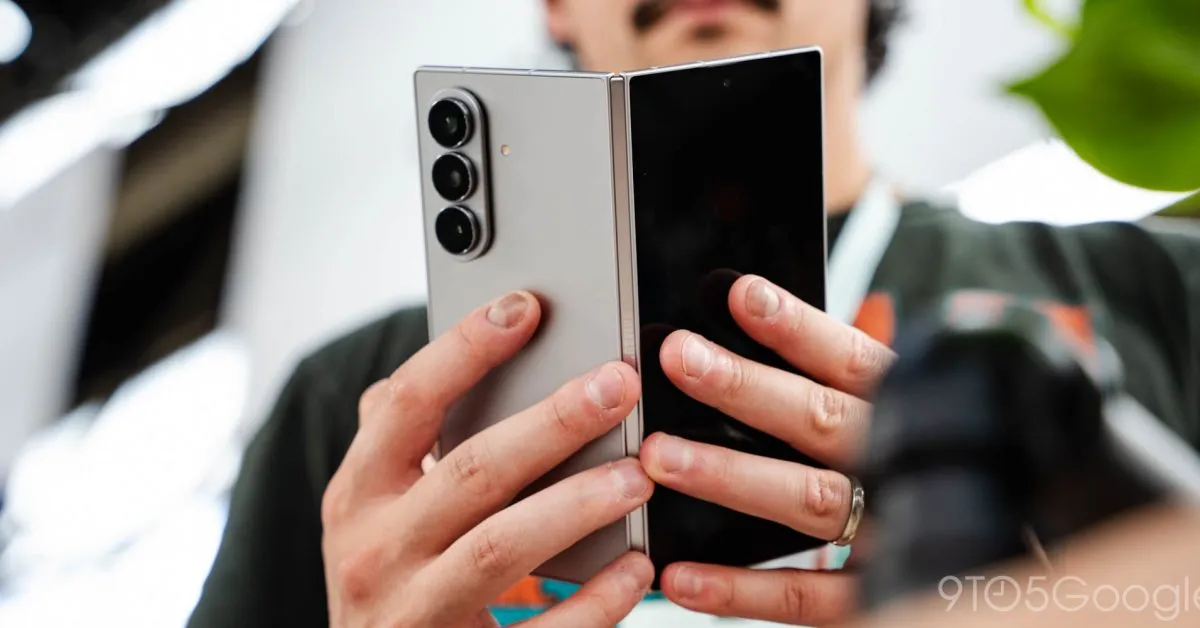
The Samsung Galaxy Z Fold 7 and Galaxy Z Flip 7 mark significant advancements in Samsung’s mobile technology; however, they come with their own set of challenges. In a recent interview, insights were shared about the sacrifices made to achieve these innovative designs and the potential return of the S Pen in future iterations. Samsung MX Managing Director Kang Min-seok spoke with Korea’s ET News, shedding light on the controversial decisions that shaped both devices.
Samsung has openly addressed the controversy surrounding the Galaxy Z Fold 7, particularly regarding its lack of S Pen support. While some users express dissatisfaction with the absence of a digitizer, the removal of the under-display camera, and the unchanged battery and charging specifications, Kang indicates these design choices were intentional. “The Fold 7 emphasized that consumers want a ‘thin and light product,’” Kang stated during the interview. He emphasized viewing these alterations as a “trade-off,” where opting for one feature inevitably means losing another.
Kang further clarified that the design modifications, including the omission of certain features, were aimed at achieving an ultra-slim profile of just 8.9mm. He reassured consumers that the company is committed to pursuing a perfect balance in product design, which goes beyond mere thinness and lightness. This philosophy is expected to carry over into future versions of the Fold series, as Kang noted that Samsung is actively researching and developing innovative technologies for the S Pen to meet consumer demand at higher levels of perfection.
In addition to the design focus, Kang confirmed that the revamped frame of the Galaxy Z Fold 7 was crucial in attaining its new 8.9mm thickness. The introduction of the “Armor Flex” hinge has resulted in a structure that is 27% thinner and 43% lighter than its predecessor, the Fold 6. Moreover, despite having a larger 8-inch display, the new foldable screen is 39% thinner and 43% lighter than previous models. Adding titanium to the device’s base has also contributed to a more durable structure.
The camera system has seen improvements as well, with the size of the 200MP sensor reduced by 18% compared to previous iterations. Although the Fold 7 features a noticeable camera bump that may cause some table wobble, it is evident that design considerations prevented an even bulkier setup.
Turning to the Galaxy Z Flip 7, Samsung has incorporated high-density circuit boards to maximize space between components. This engineering innovation has enabled a battery capacity increase of 300mAh, despite the overall slimmer design. Kang confidently stated that both the Fold 7 and Flip 7 have been refined to deliver an optimal user experience, though it is clear that both devices—particularly the Fold 7—have sparked considerable discussion regarding their design choices.
Despite these controversies, the Galaxy Z Fold 7 and Galaxy Z Flip 7 are now available for pre-order on Samsung’s website. Customers can take advantage of significant savings, including up to $1,000 in trade-in value and a complimentary storage upgrade with their purchase. Additionally, those using 9to5Google’s links can receive $50 in extra credit. Don't miss the opportunity to experience these groundbreaking devices.
For more information, visit the following links: Galaxy Z Fold 7 at Samsung.com and Galaxy Z Flip 7 at Samsung.com.